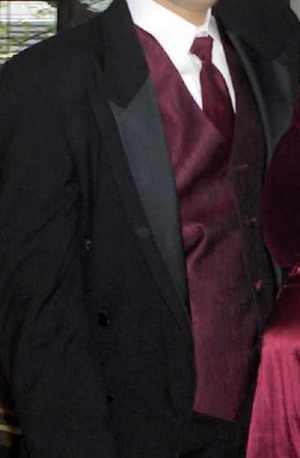Over twenty-four dementia, or forgetfulness, disorders occur from a variety of causes. Dementia from disease or injury is most often irreversible, but dementia caused by drugs, hormone imbalance, depression, vitamin imbalance, or alcohol use might be reversible, according to the Cleveland Clinic dementia review updated 03/23/2007.
Depending on which part of the brain is affected, these dementia disorders fall into two types of dementia, the cortical dementia and the subcortical dementia.
Symptoms of the Different Kinds of Dementia
Cortical dementia disorders are not curable. Alzheimer’s disease is by far the most common cortical dementia with about 70% of all dementia cases being considered as Alzheimer’s. This is followed by Vascular dementia, AIDS dementia complex, Lewy’s dementia and others. Each type of dementia disorder has its unique symptoms, but people struggling with any cortical dementia share these symptoms:
1. Severe forgetfulness of everyday things and tasks
2. Trouble understanding common words in conversation
3. Difficulty recalling correct words, for example person may say “hand clock” instead of “watch”
Subcortical dementia may be curable. People with subcortical dementia may suffer from a number of underlying issues such as diseases like Parkinson’s disease or Hunnington’s disease, drug or alcohol abuse, vitamin B-12 deficiencies, subdural hematoma, hypoglycemia, hypothyroidism and others. Despite some individual symptoms, subcortical dementia patients share these general symptoms:
1. Personality changes
2. Shorter attention span than usual
3. Slowing of thinking process
Risks of Different Dementia Types
Cortical, or irreversible, dementia risks include:
1. Age over 65
2. Diabetes
3. Stroke
4. High blood pressure
5. High cholesterol
6. Obesity
7. Smoking
8. Lack of exercise
9. Depression
10. Some evidence of clustering in families, so genetics may be a risk
Subcortical, or treatable and potentially curable, dementia risks are not in any specific order of likelihood and include:
1. Poor eating habits
2. Alcohol abuse
3. Drug abuse
4. Lack of exercise
5. Lack of hobbies or social interaction
6. Disorders such as hypoglycemia, hypothyroidism, hydrocephalus, removable, depression
Warning Signs of the Two Different Types of Dementia
According to the Alzheimer’s Association, cortical dementia has ten warning signs:
1. Trouble retaining newly acquired knowledge to the point of disrupting daily life
2. Disorientation in place: not knowing how you got home or where you are
3. Lapses in judgment, like persistently wearing inappropriate clothing for the weather
4. Loss of words
5. Confusion of place and time
6. Asking the same information over and over again
7. Difficulty reading or judging distance or understanding visual images. Passing a wall mirror may be misinterpreted as another person in the room
8. Misplacing things in strange places, like putting the car keys in the dishwasher
9. Trouble following or joining in on a conversation
10. Mood and personality changes
According to the British Journal of Psychiatry 2002 issue, vol. 80, pages 138-141, report “Subcortical Dementia” by Mark A. Turner, et al, subcortical warning signs are different from cortical dementia, in that:
1. Motor difficulties, that is weakness or trouble using arms, hands, legs or feet appropriately
2. Slowed thought progression, that is it takes longer to comprehend a concept than normal
3. More often keep normal speaking and comprehension skills than patients with cortical dementia
4. Apathy, indifference, lack of interest
5. Sleeping more than usual
The Bottom Line
Categorizing the many dementia disorders into the two general types of Cortical and subcortical dementia is difficult because some of the symptoms overlap, because it is possible for a person to have more than one kind of dementia at the same time, according to Dr. Peter Whitehouse, M.D., PhD., of Johns Hopkins University Neurology and Neurosciences Departments, report “The concept of subcortical and cortical dementia: another look.”
Mental status and language exams are required by a licensed physician is important for proper diagnosis of any potential brain disorder.
Sources
Alzheimer’s Association http://www.alz.org
Cleveland Clinic http://my.clevelandclinic.org
British Journal of Psychiatry http://bjp.rcpsych.org
Wiley InterScience: Annuls of Neurology http://www3.interscience.wiley.com


